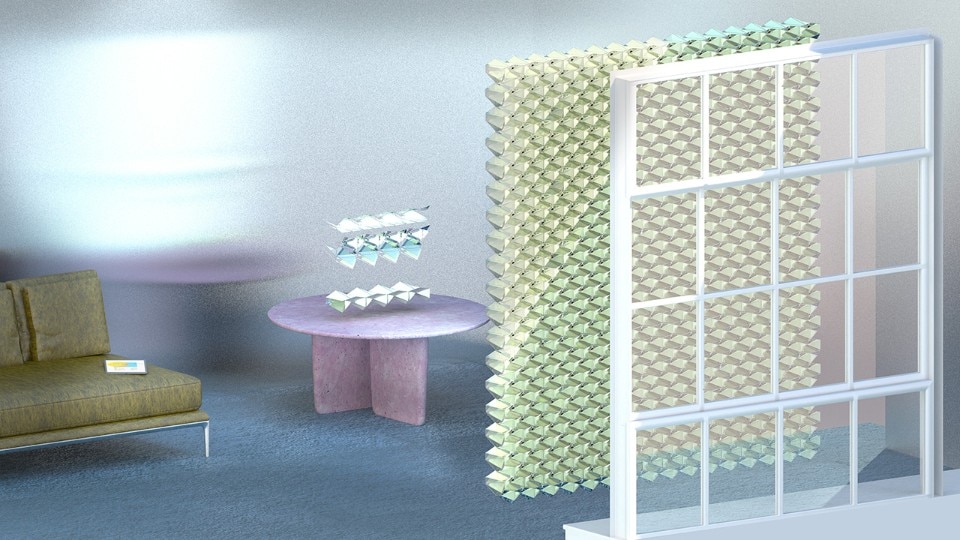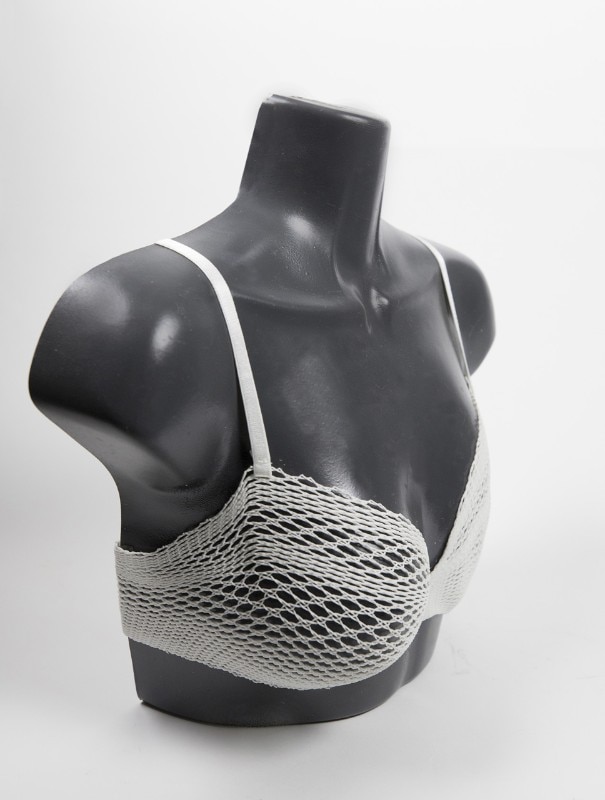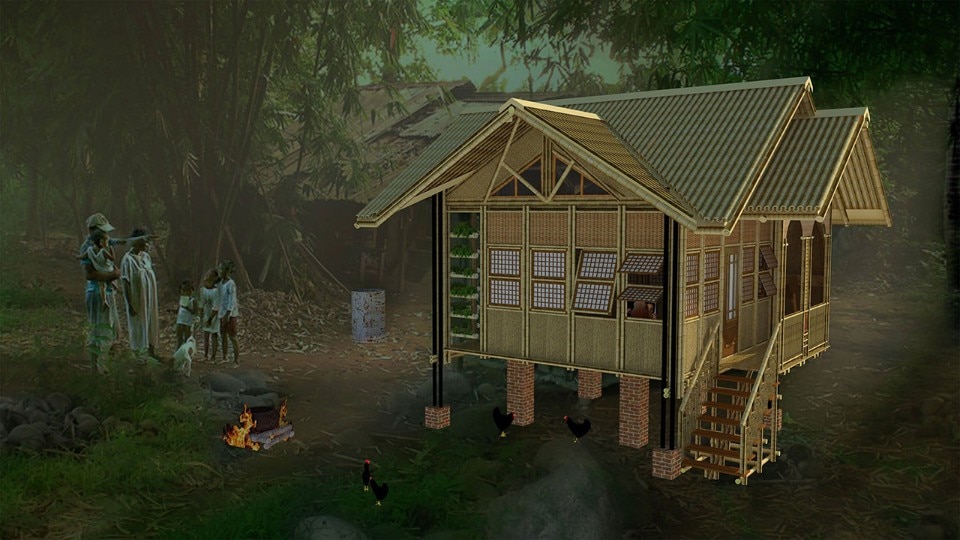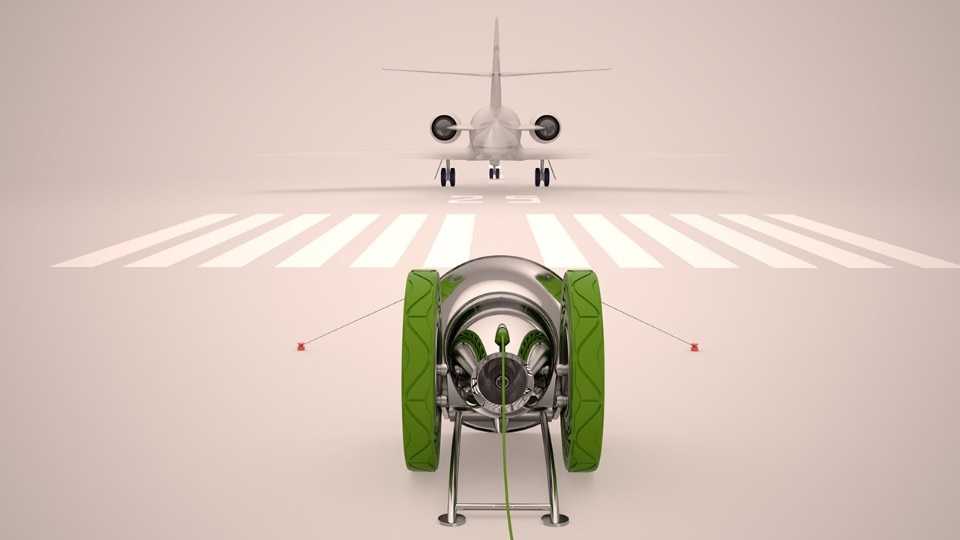Luxury automaker Lexus has hosted its eponymous design award since 2013. Over the years, the international competition has gained wide attention for its immersive exhibitions. However, behind the scenes, the initiative’s underlying goal is to support future-proof designs that address some of society’s most pressing issues; whether it be environmental degradation or the mitigation of virtual experience. Often, winning submissions transcend age-old craft techniques and the implementation of new technologies.
Each December, a panel of recognized judges go through thousands of submissions and pick just a few finalist projects. This year’s committee includes celebrated architect Sir David Adjaye, renowned designer and educator John Maeda, top curator Paola Antonelli, and Lexus International President Yoshihiro Sawa. The emerging talents developing the chosen concepts are then given 21-thousand euros, four months, and the help of industry-leader mentors to develop prototypes of their concepts. The annual programme culminates with a showcase mounted during Milan’s Salone del Mobile in April. Selected by the jury at the event, the grand prix winner is then given additional financial and developmental support; to potentially bring their design to market.
Staying true to its mission, this year’s Lexus Design Award is centered around the theme “Design for a Better Tomorrow.” Design from around the world were ask to enter projects that explore this idea with solutions that go beyond the standard principles of form and function. Among this year’s six finalist projects are concepts that deal with natural disaster, disease, waste, pollution, energy, and new material generation. (see slide show for more information)
Over the course of a two-day coaching session, held at the New York-based Intersect by Lexus building in mid January, mentors Jaime Hayon, Jessica Rosenkrantz, Shohei Shigematsu, and Sebastian Wrong were able to meet the finalists for the first time and offer their initial feedback. On this occasion, we spoke to OMA partner and New York director Shohei Shigematsu about his role in, and perspective on, this year’s contest.

What is the extent of your involvement in this year’s competition? What do you bring to the equation?
As a mentor, I’ve been asked to offer my expertise and to help the six finalists develop their projects further. My interest in participating stems from the idea of collaborative work; a method I often advocate for in my capacity as a professor. In the past, education and in particular architecture instruction, was focused on repetition and the dissemination of fixed knowledge. In today’s rapidly changing world, this approach is no longer viable. You have to develop a reflex to hack situations that are unknown or unfolding.
Everyone starts from a general observation of how things are changing. It can be a very abstract idea that is easily thrown around but within architecture, there need to be specific results. A lot of what we do at OMA is to work with this duality; translating the hypothetical into the concrete. What I want to convey to the finalists is that it's not just their projects that count but also their understanding of the current state of the world that matters.
How does this objective relate to this year’s theme: Design for a Better Tomorrow?
I think that this type of terminology can sometimes pose a problem as it suggests that designers need to try and tackle some of our biggest problems on their own rather than make smaller, more manageable improvements. We live in a culture that pressures designers into always adopting a save the world agenda. In many ways, this is an unrealistic demand. For me, a new design concept doesn’t need to be disruptive to be effective.
In comparison to product and other areas of design, architecture might seem slow but improvements are achieved on a longer timeline. With Google and other tech companies as the new standard, people believe that the only measure of success or innovation is to go from zero to a million in a short time. But in reality, it’s not the only way to instigate change.

How are you able to use your expertise in architecture in supporting the various finalist projects; that, collectively, represent a wide range of disciplines and applications?
At OMA, we often deal in different scales. Whether it’s a furniture collection, exhibition design, or a new concert hall, the process of conceptualization and realization is essentially the same.
You might begin by identifying what needs to be fixed in the world but are for example, given the brief of redesigning the standard balancing ball. Regardless of that particular format, you need to rigorously question what it is, what it does, and how it can be used to respond to your starting objective. It's not about scale but rather, seeing when there might be room to instigate progress.
What I want to share with the finalists is an understanding of good communication. They need to make sure that what it is that they want to get across is as clear as possible. Their ability to use graphics and other tools needs to be sharp and robust.
This year’s Lexus Design Award has put in place a different procedure. All mentors advise all mentees. Describe your interaction and collaboration with the other mentors?
Today was the first time we all met. In the morning, we each gave a presentation about our work and approach to design. What I could gather is that, even though we come from different backgrounds and creative disciplines, we share similar beliefs such as quality and the attention to detail.
There are both advantages and disadvantages to this new procedure. On the one hand, if we all offer vastly different feedback, the finalists might get confused. But other hand, a fruitful disagreement of what is the best course of action could also spawn better results. Like with any collaboration, this needs to come from an open conversation with the different mentors.
After today’s one-on-one coaching sessions, how will you keep the conversation going with the different finalists, as they prepare for the Salone del Mobile?
I hope that they will take the opportunity to talk to all four mentors. From here on out, we can communicate via video chat. In a certain sense, we’ve all given the finalists homework but, for me, what’s important is to see some form of progress.
I think it's key that the finalists don’t feel content in having been selected as such. I hope that they will embrace this year’s theme and use their projects to say something about what that conveys in a larger context. Otherwise, It can be easily twisted and seen as innovation for innovation's sake. If they really believe in a better tomorrow, they should take their designs beyond the competition and work hard to implement them in society. In that regard, my role is to push them to test themselves.

Header image: Green Blast Jet Energy by Russian designer Dmitriy Balashov is turbine that collects and converts aircraft jet blast to energy during take-off


